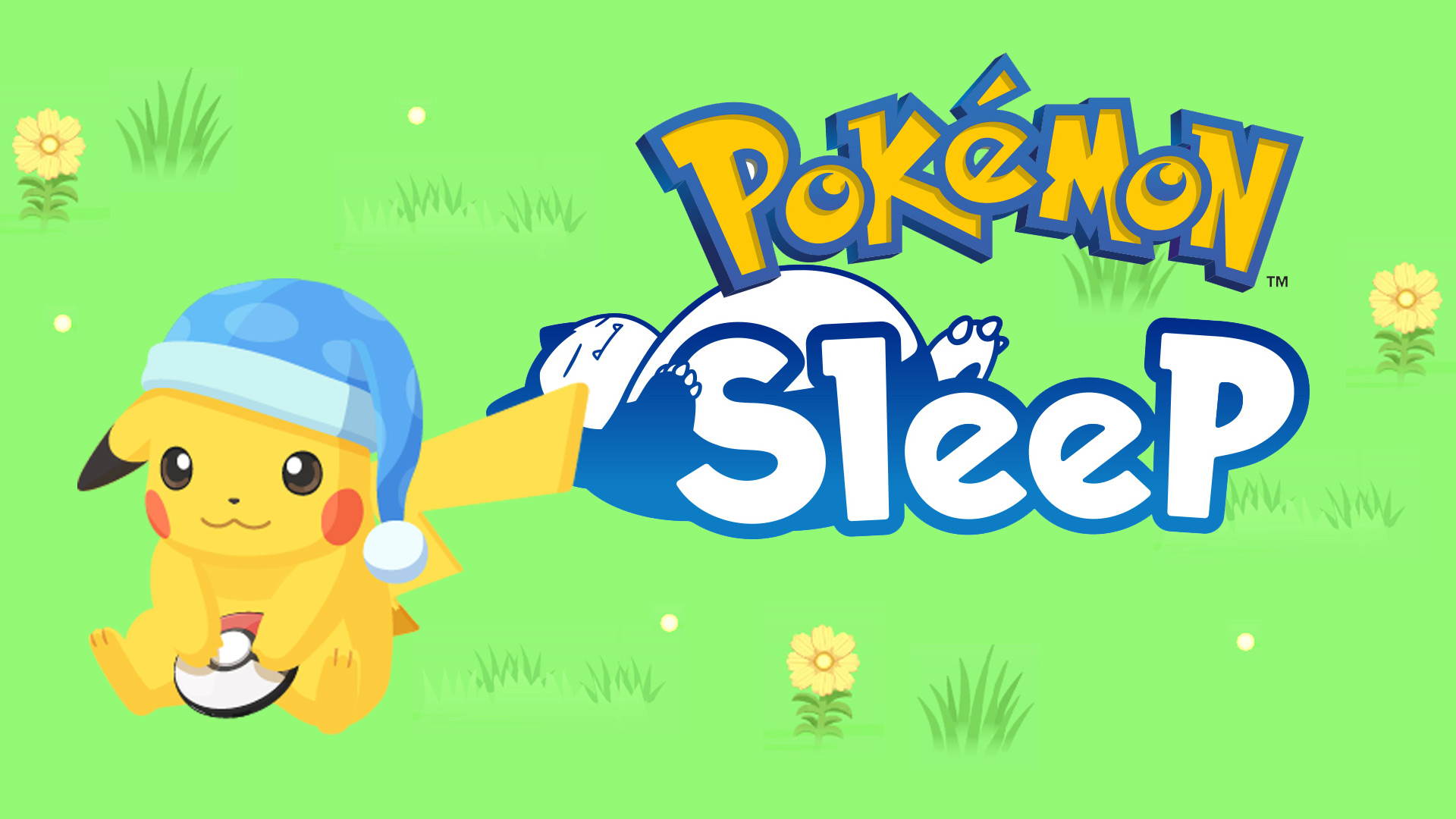
Pokémon Sleep is finally available on app stores around the world, a mere five months after The Pokémon Company teased its upcoming release and a whole four years after it was originally announced, and from the general reaction on social media it seems to be a bit of a hit.
That doesn't surprise me, given the long-standing allure of collecting Pokémon. I'm largely immune to that aspect of it, but as TechRadar's Sleep Editor I have a professional interest in Pokémon Sleep. Hey, it monitors your sleep and then rewards you with Pokémon depending on how well you sleep, and that aspect of it fascinates me (as well as making me ever so slightly uneasy).
As a rule, getting more and better sleep is something that we can all benefit from, and if Pokémon Sleep can help with that then that's fine by me. Another way to look at it, though, is if you get more and better sleep, you should do really well at Pokémon Sleep and be rewarded with rare and shiny Pokémon. And that's where I can help.
How Pokémon Sleep works
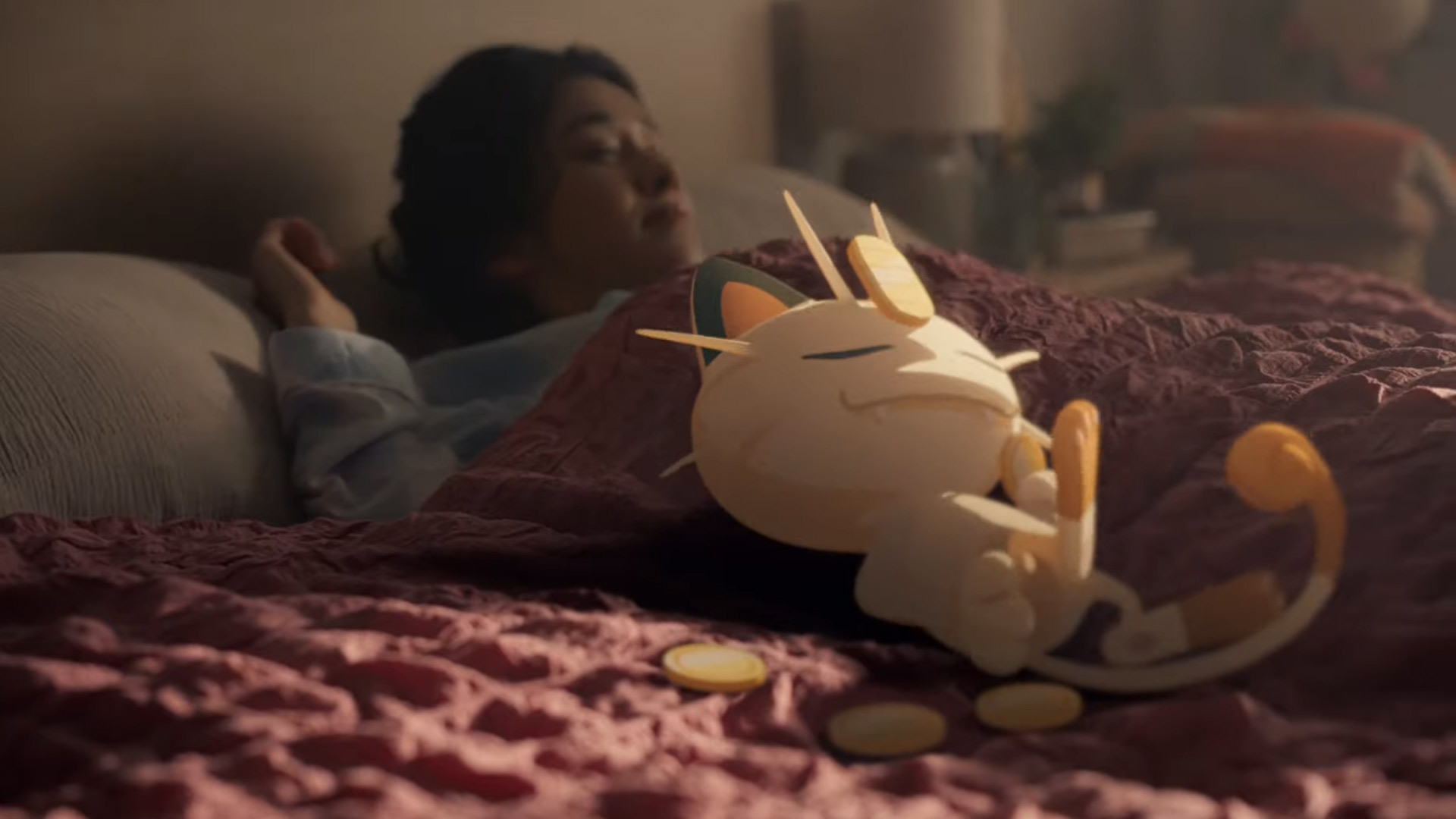
So to kick off, can Pokémon Sleep actually help you sleep better? I think that yes, to a degree, it can. One of the first things it asks you to do is set a regular bedtime, and then it rewards you for actually hitting (or getting close to) that bedtime. One of the best things you can do to ensure better sleep every night is to have a regular sleep schedule; your brain comes to learn when it's time to sleep, and you'll find over time that you nod off faster than you would if your bedtime varies from night to night. Understanding your own personal sleep window can help you identify your ideal bedtime, and you should try stick to it every night.
It'll also optionally play relaxing sounds as you go to sleep but beyond that, Pokémon Sleep acts more as a sleep tracker than anything else. You're asked to keep your phone on your bed, switched on and by (not under) your pillows; it'll sit there all night tracking any noises it hears, and then use that recorded audio to judge how well you've slept.
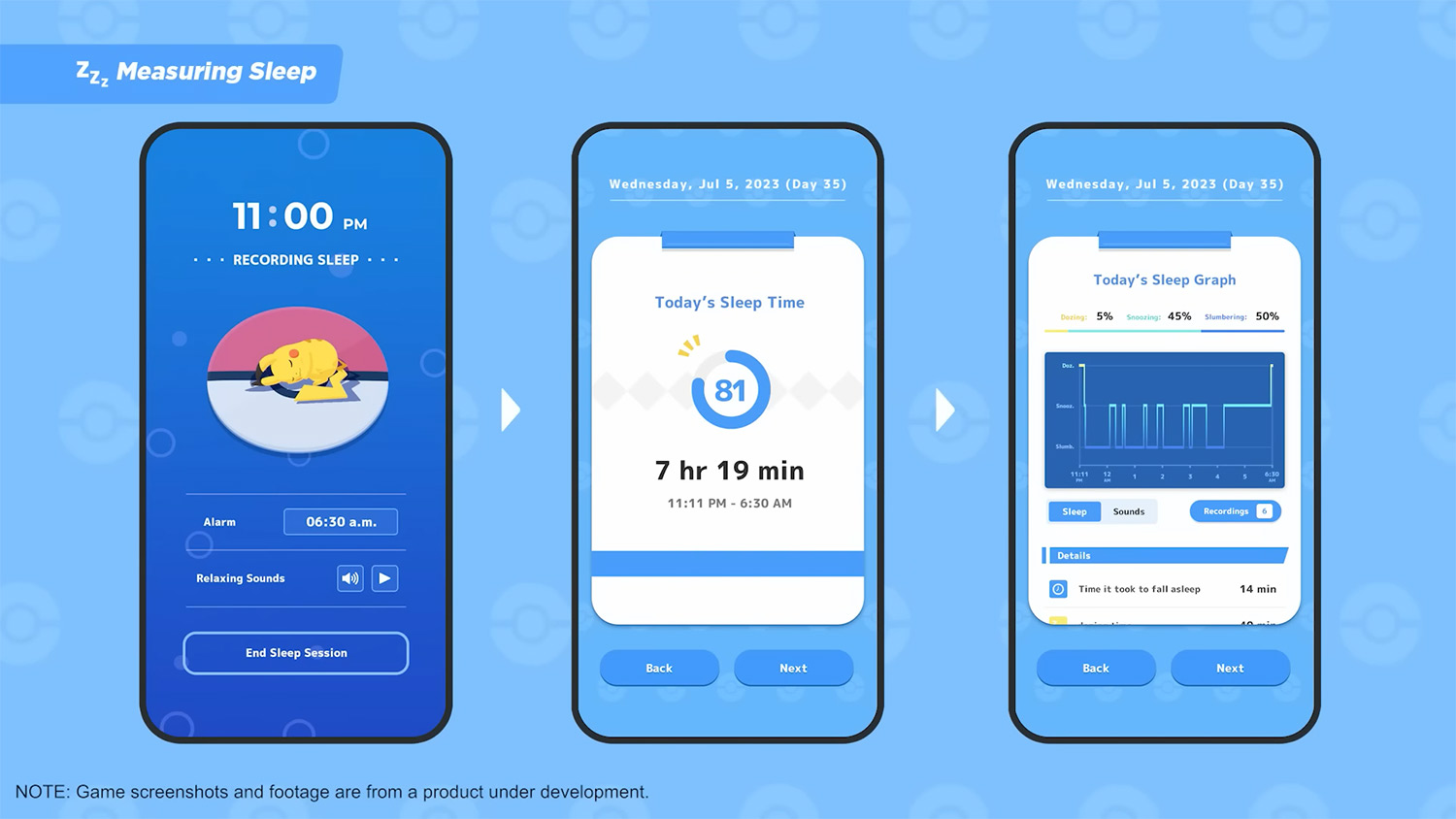
It divides your sleep into the not-particularly-scientific dozing, snoozing and slumbering (which I'd say maps roughly to the main sleep cycles: light and REM sleep, medium sleep and deep sleep), and according to how long you've slept for and how much time you've spend in each stage, it'll give you a score in the morning and reward you with new Pokémon pals, and it all ultimately helps in your weekly quest to help a new Snorlax grow big and strong.
As it's a free-to-play title there's a quite a focus on getting you to spend actual money in-game to buy food and equipment for your collected Pokémon; of course it's possible to play without dropping any cash on it, but naturally it all becomes much easier if you pay up. But to help you avoid that, I've put together a collection of tried and tested tips that'll help you up your sleep quality; they should give you a better sleep score every morning and, more importantly, help you feel more rested and refreshed every day.
1. Invest in the best mattress
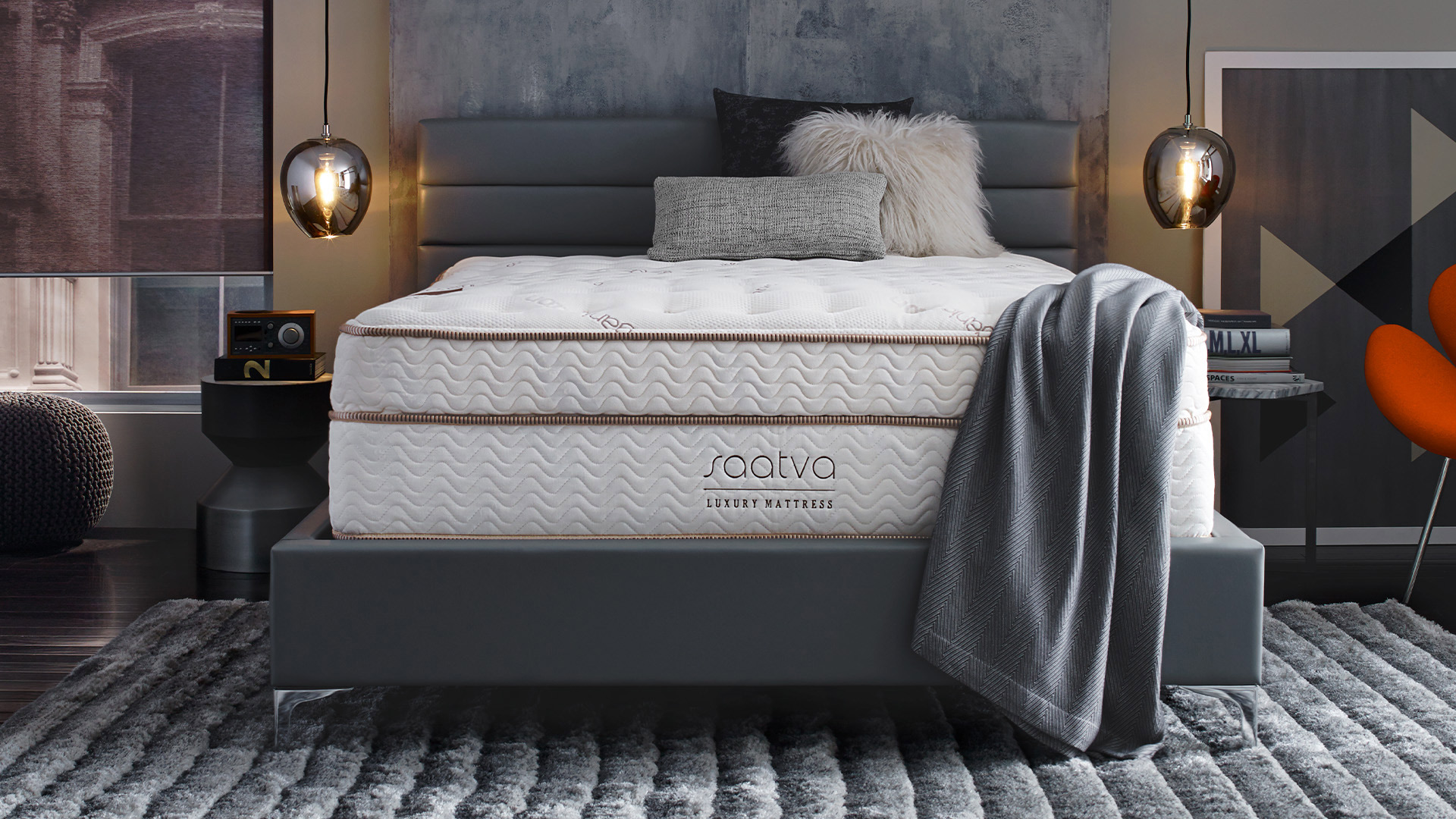
One of the best ways to get plenty of sound sleep is to ensure that you have a quality mattress. The only difficulty is choosing the right one for you; we all sleep differently and have our preferences, which often means that we don't have the first idea of what to look for in a mattress.
Fortunately our best mattress guide makes things much easier. It explains how to choose a mattress that'll suit you, and supplies you with a shortlist of our top-rated beds so that you can quickly find your ideal mattress. We'll even help you get the lowest price, too!
2. Adopt a relaxing bedtime routine
Some of us find it difficult to get to sleep because we try to go from wide awake to fast asleep much too quickly. That quick change in mental gears isn't conducive to restful slumber; instead you should take a while to wind down in the evening and prepare yourself for sleepy time.
What your routine consists of is up to you, but you can pick up some ideas in our guide to how to create a bedtime routine. What really matters, though, is that you stick to it; the more consistent you are with it, the more powerful it'll become as a sleep cue for your brain.
3. Understand your sleep chronotype

Just as different Pokémon apparently have their own sleep styles (which it's your job to uncover in Pokémon Sleep), so do people, and these styles can be broadly organised into four groups known as chronotypes. Each is characterised by a different animal - you could be a wolf, a bear, a dolphin or a lion - and by understanding your sleep chronotype you can arrange your sleep schedule so that it's a lot more beneficial for you.
4. Wear socks to bed
An unlikely-sounding but effective way of improving your sleep is to wear a pair of socks to bed. And no, we don't mean the same grotty pair of socks you've had on all day; put on a nice fresh pair at bedtime and you may well fall asleep faster. The reason it works is that it warms your feet up, which in turns opens up blood vessels that cool your body down, and when your body's cooler that's a signal for you to fall asleep.
5. Have a nap during the day
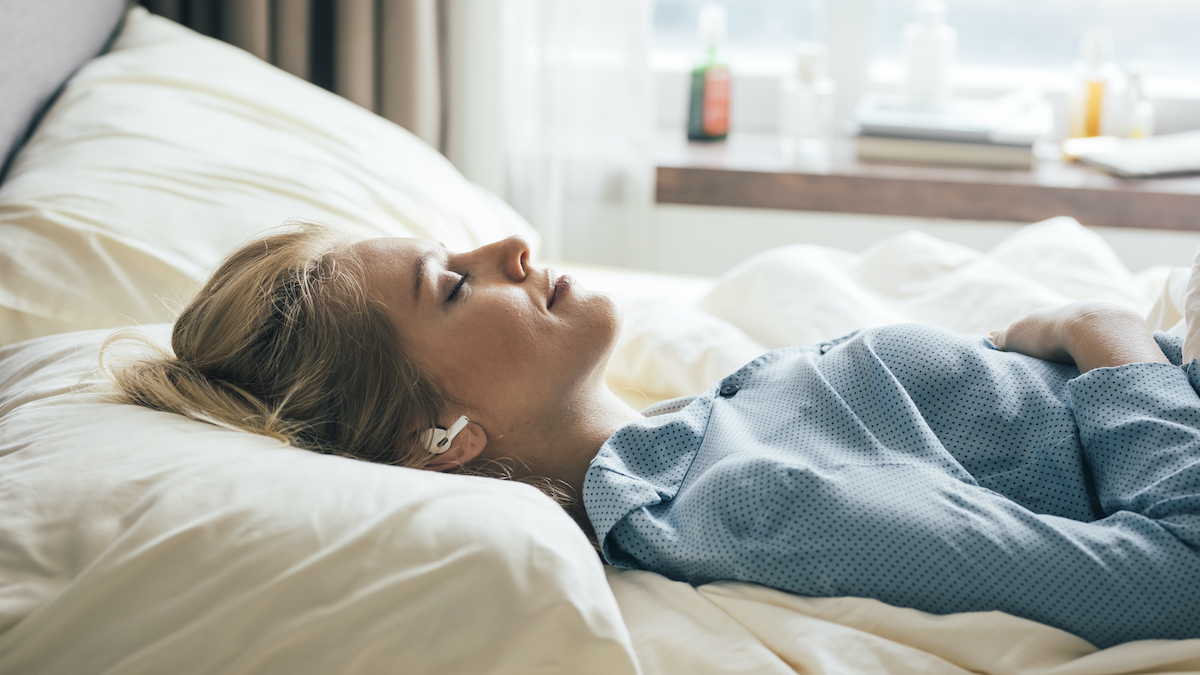
If you've had a bad night's sleep and you're having trouble staying awake the next day, the temptation can be to just power through and catch up on sleep that night. The trouble with that approach, though, is that you'll spend the rest of the day feeling tired and miserable. So go on, have a nap!
Even if you slept perfectly well the previous night but you're having a fairly common post-lunch crash, a short nap can be beneficial and it shouldn't spoil your sleep later on if you do it properly. The rule to remember is that your nap should be 20 minutes at most; that's enough to refresh you, and if you doze for longer than that you'll likely move into a deep sleep state, and waking up from that will leave you feeling even more tired and groggy. Find out more in our guide to how naps can help you sleep better.
6. Avoid screens late at night
You might have heard that looking at screens before you go to bed can prevent you getting to sleep, and it's true. The quick explanation is that looking at a phone, tablet or laptop screen late at night exposes you to a lot of blue light, which inhibits the production of melatonin, the hormone that governs your wake/sleep cycle.
Putting your screens into dark mode, if possible, can help, as this often reduces the amount of blue light. On the whole, though, it's best to put your screens down for an hour or two before bed (watching TV is probably fine, though, as the screen's a lot further away from you). Our guide to how screen time affects your sleep can tell you more.
7. Try the 4 7 8 breathing method...
There are any number of sleep hacks out there to help you get to sleep faster. Some people go for the military sleep method, others favour the more old-school option of counting sheep, and me, I prefer the 4 7 8 breathing method. It's nice and straightforward; once you've settled down, breathe in for the count of four, then gently hold it in for a count of seven, and then breathe out again for the count of eight. Repeat a few times and you should feel a lot more relaxed and ready to fall asleep.
It probably won't work first time, but keep at it for a few weeks and your brain will gradually recognise it as a falling-asleep cue, which means that you should only need to run through the sequence two or three times before you doze off.
8. And if you still can't sleep, follow the 15 minute rule
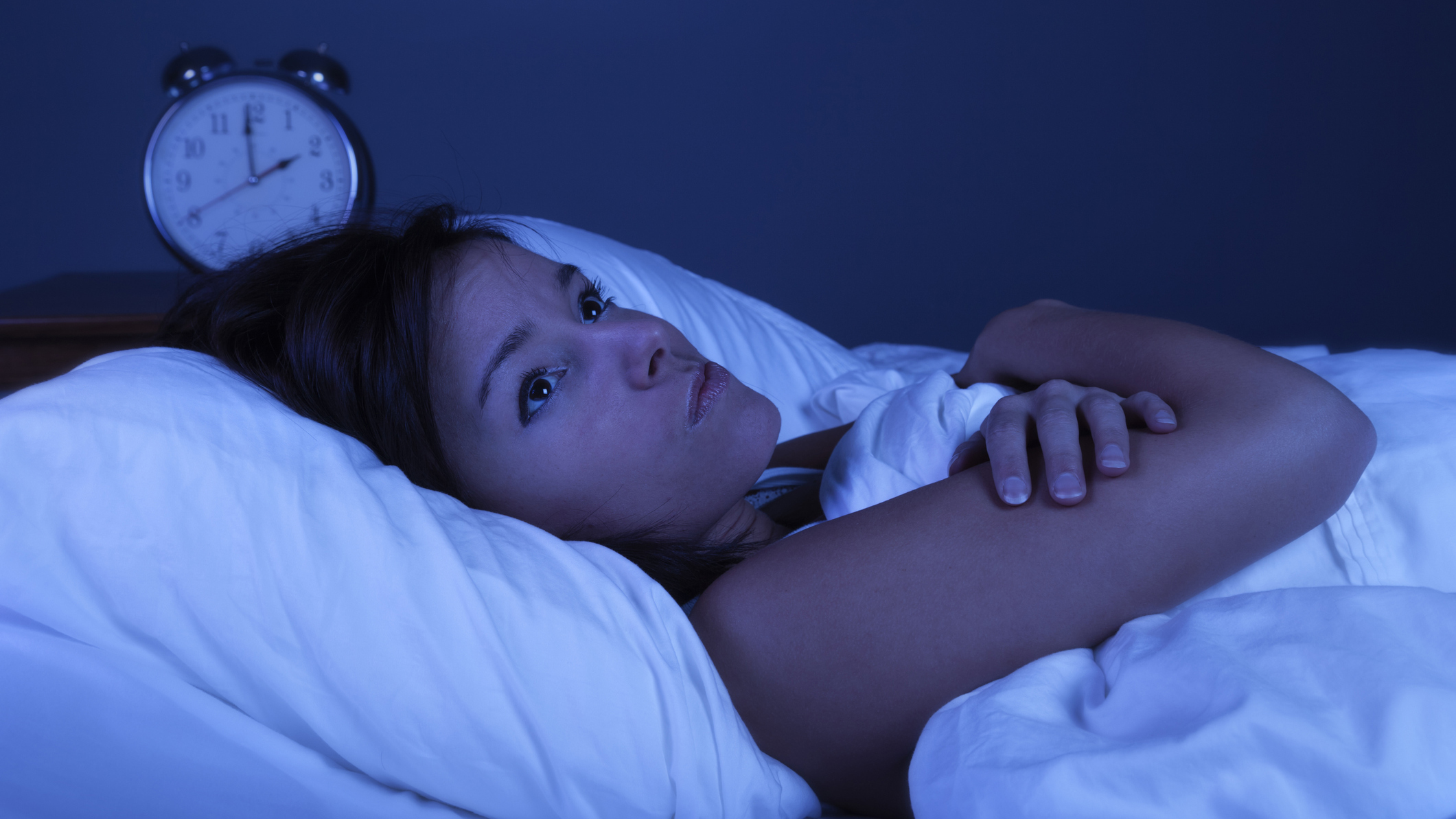
We've all been there: lying in bed at bed at night feeling worn out, but with sleep stubbornly refusing to come. The longer you lie there the harder it gets to fall asleep because you're worrying about all the sleep you're missing and how hard it's going to be to get up in the morning. The best way to deal with this is to give up and get out of bed for a bit.
This is best known as the 15 minute rule: in short, if you've been lying in bed for 15 minutes (or what feels like 15 minutes; lying there anxiously watching the clock isn't going to help you sleep at all) and you're still awake, just get out of bed, go to another room and wind down for a bit until you're feeling sleepy, then head back to bed.
This technique works in two ways. Firstly it helps you get into a relaxed state that's better for falling asleep, but also it can make it easier to get to sleep in the future. If you're prone to lying awake in bed, unable to sleep, your brain can start associating being in bed with that anxious, sleepless feeling. By getting out of bed and doing something else you can start to break that association; learn more in our article about the 15 minute rule.







